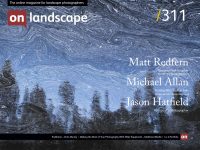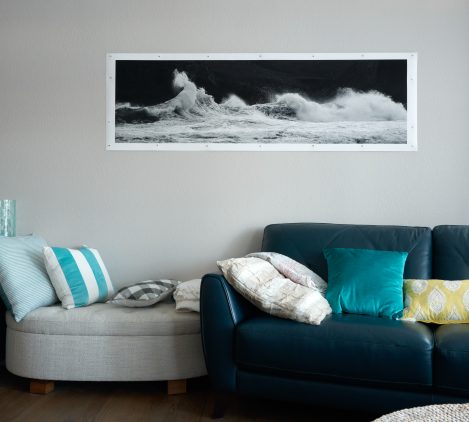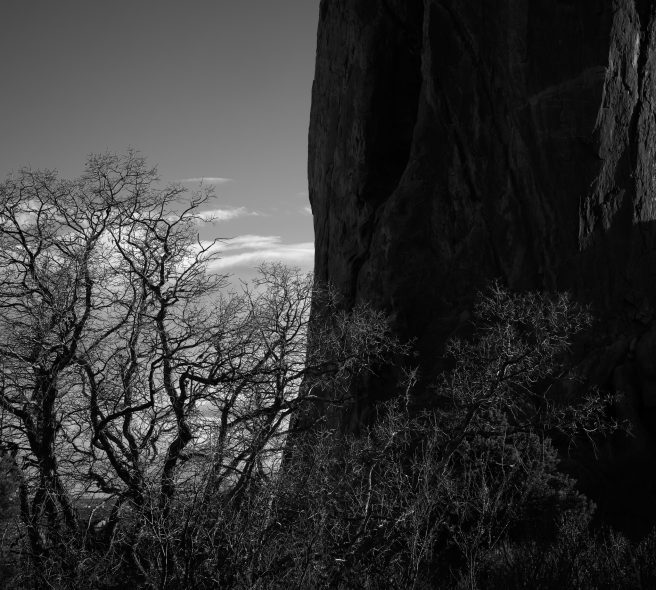When Only the Best Will Do

Michael Allan
My first camera was a half frame Leica with a fixed lens that I would take backpacking in the Sierra Nevada Mountains when I was in high school. I graduated to a Pentax K1000 and Kodachrome when my boys were old enough to backpack in Colorado with me, but when they were teens with a life of their own, the camera went into a drawer. Several years ago I picked up an all in one Sony and started backpacking again. One thing led to another and I bought a Sony A7r, then upgraded that, bought a printer, and I never looked back. I now mostly shoot black and white with a focus on printing.
I learned to print on a Canon ImagePROGRAF PRO-1000: screen profiling, print adjustments using Red River ICC files, even some custom profiling. When I switched from color to black and white, it did not take long to realize that a printer designed for color, even with today’s technology, has its limitations. When I met Michael Gordon at his workshop in Death Valley and saw some of his prints, a discussion followed, where he mentioned custom black and white inksets. Back home, an Internet search found Jon Cone at Cone Editions and after a long conversation with Jon about carbon inks I decided to give it a try. After an initial learning curve, I now have the most expressive black and white prints I have ever made. One of them will be on view at the Louisville National Photography Show, my first public display of photographic art.
So, why bother with alternative inks? My answer is similar to the question why use alternative film processes and chemical based printing? It is because an artist is trying to achieve an effect, a higher level of subjective quality, or a particular expression. Art is more than pixels on a screen.
With an all black inkset, the right printer, and the right software, it is possible to control luminosity and contrast deep into shadows and highlights better than a standard commercial Inkjet print.
Think of ink this way, if you have two black inks that are mixed to create tones and you move to four black inks, you will have more accuracy of the tones between each pair of inks, because they will be closer to each other. Once you have more tonal control, and no need to mix black inks with color inks, you may then use whatever pigments work best, as long as they are compatible with the printer you are using.
Unfortunately, you cannot see my carbon prints on your screen based media, so photos of my carbon prints will have to do. In the end, you either have to find someone’s carbon prints to look at or try it yourself and see if you like them. Fortunately, you can try carbon printing without purchasing a printer and inkset.
This framed print from Garden of the God’s in Colorado Springs, my hometown in Colorado, is an example of maintaining texture and contrast in shadows in widely varying light intensity from multiple black inks, but it is more than that. The carbon inks and printing process cover the paper with three times the amount of ink used in an Inkjet print. Whites are not overly affected by the color of the paper showing through, and the reflectivity is controlled by the characteristics of the ink, such that the surface of the image reacts to light more uniformly. Gloss differential and bronzing are no longer concerns. So glorious is the surface that I don’t glaze my framed prints; glazing degrades the viewers experience. The print surface and its behavior in light is part of the art.



